We traveled down the Great River Road from Red Wing to La Crosse, with the Mississippi on our left and the river bluffs on our right. Most of the leaves were gone from the trees, though the rusty-brown oaks still warmed the bluffs with their color. The sky was clear and blue, and the day was uncharacteristically warm for October 25th. We were on our way to a wedding–an outdoor wedding in a park beside the Great River. And the wedding was held beneath the grandeur of this great-grandaddy cottonwood tree.
The huge old tree, with only a few of its heart-shaped leaves still glowing in the sun, was a gorgeous altar. According to The Meaning of Trees: Botany-History-Healing-Lore by Fred Hageneder, the cottonwood represents honesty, humility, and self-sacrifice. The Sioux Indians used a young cottonwood for the Sun Dance, and Kablaya, the one who first taught his people the Sun Dance, spoke to the tree, “…you, O rustling cottonwood have been chosen in a sacred manner…for you will bring that which is good to all beings and all things.” A fitting place to start a life together.
The morning after the wedding, in equally beautiful weather, we drove up Bliss Road to Grandad Bluff. As we slowly ascended the 600-foot high bluff, we saw patches of my favorite Maidenhair ferns glowing whitish-gray in their fall color.
And then we saw an ethereal pinkish-white tree decorating the landscape, looking like Christmas or Easter or a Wedding Day against the ordinary gray and green of the autumn woods.
We saw only two of the small trees on our drive, and Chris excitedly identified them as Eastern Wahoo or Indian Arrow Wood. (Euonymus atropurpurea) These large shrubs or small trees are native to the eastern half of the United States and prefer light shade and moist soil. The young twigs have a square shape that is typical of the Euonymus genus. The mature stem or trunk is reddish-gray with vertical splits. Wahoo has small, dark pink flowers in spring that form bright pink seed pods that hang down in small bunches. The seed pod opens to reveal a red-covered seed. The seed pods are often still on the tree after the leaves drop, but I did not see any on either of the trees.
At the top of Grandad Bluff, we looked over the city of La Crosse to the Mississippi River Valley that included the three states of Wisconsin, Minnesota, and Iowa. It was a breath-taking view!
The area at the top of the bluff had been renovated a few years ago and included a beautifully restored prairie. Asters and yarrow still bloomed among the bluestem.
A couple sunshiny yellow prairie coreopsis flowers caught my attention.
And then I saw a plant that looked like a feather stuck in the ground! We had no idea what it was!
We didn’t see any flowers or seed heads coming from the unidentified plant, but the leaves were tough and sandpaper rough. They lit up in the morning sun.
I have tried to find the name of this beautiful plant, but without a flower to help identify it, I didn’t have any luck. So the feather-leaved prairie plant remains a mystery.
We followed the Great Mississippi River to the Great-grandaddy Cottonwood tree to witness the beginning of a new life together under that ancient tree. Adam and Ashley will need the honesty, humility, and self-sacrifice the wise tree imparts to them as they navigate their married life. May they have the excitement of rare and beautiful finds among the ordinary, like the Wahoo tree. May they have breath-taking views as they climb the hills together. May they find and accept and honor the Mysteries of Life. And may the Sun shine upon them with all that is good.
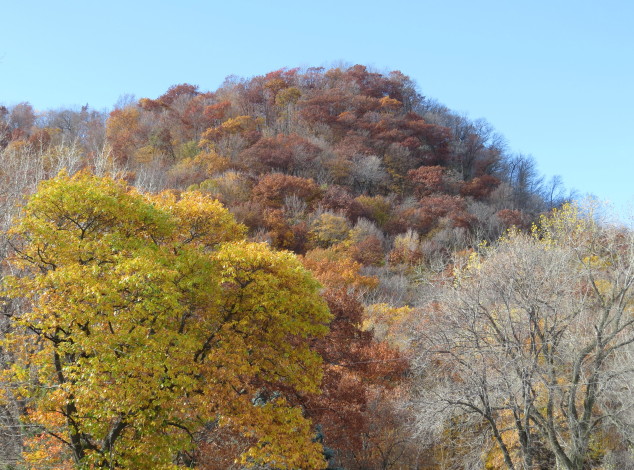
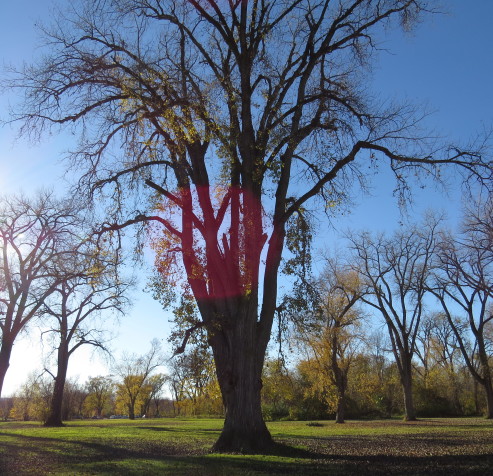
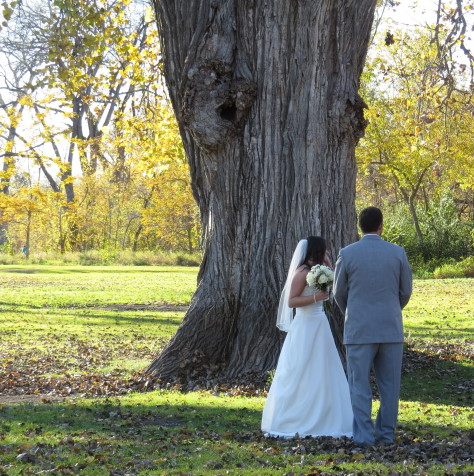
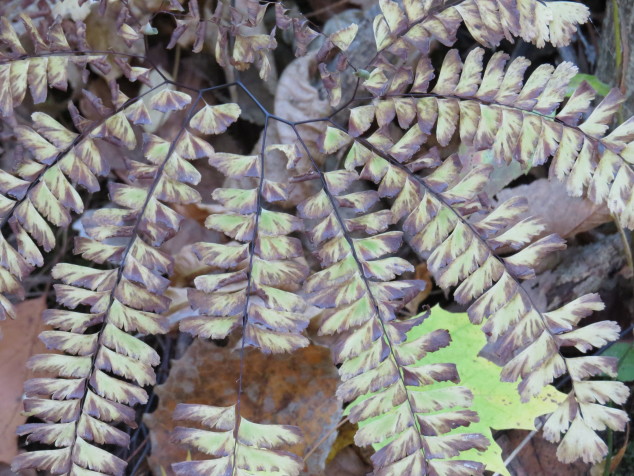
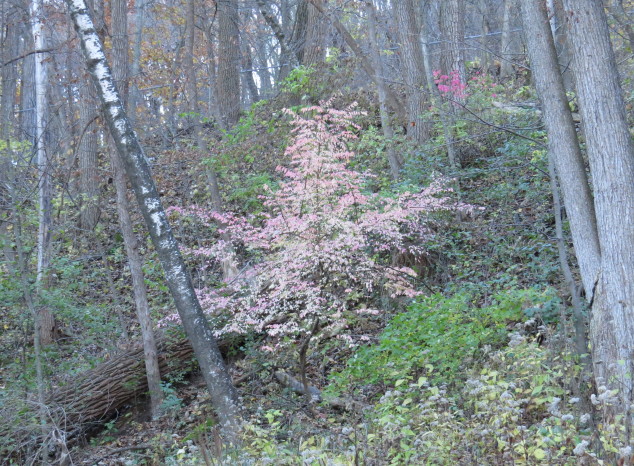
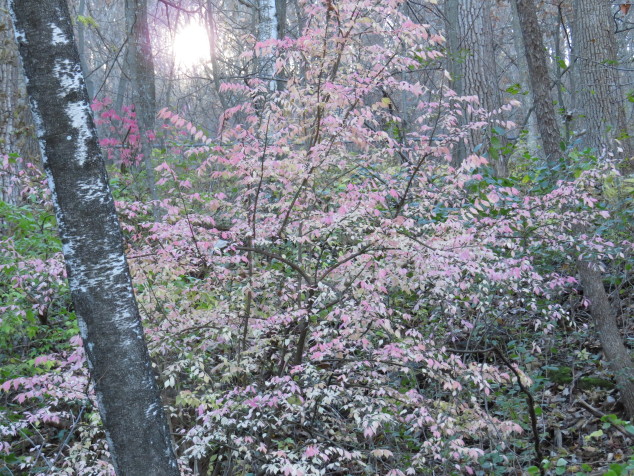
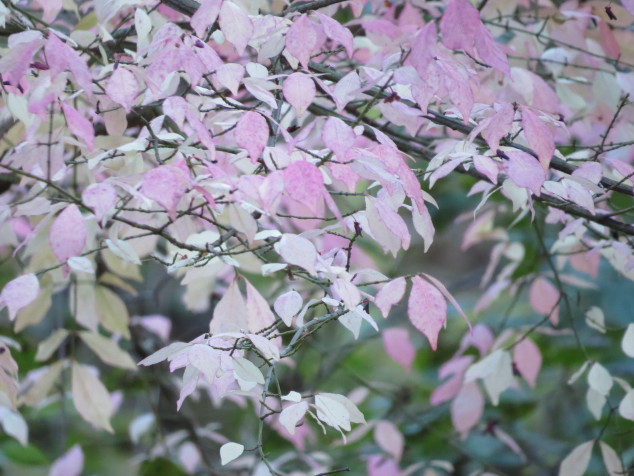
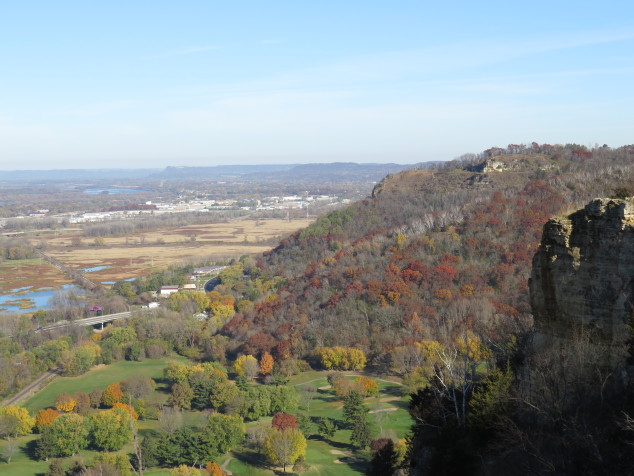
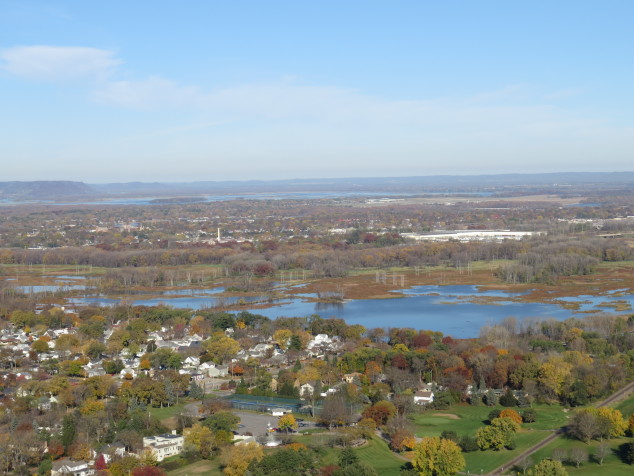
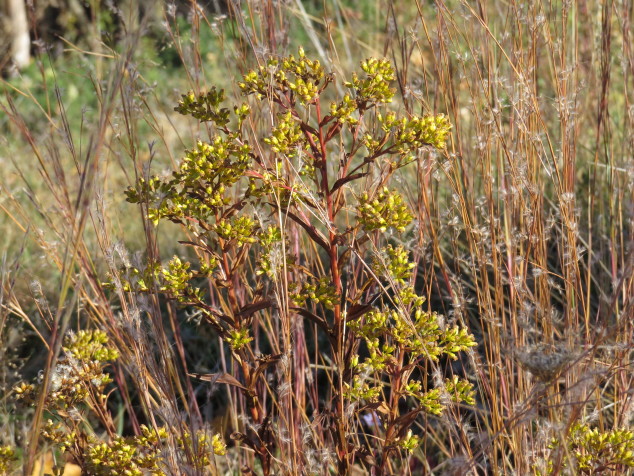
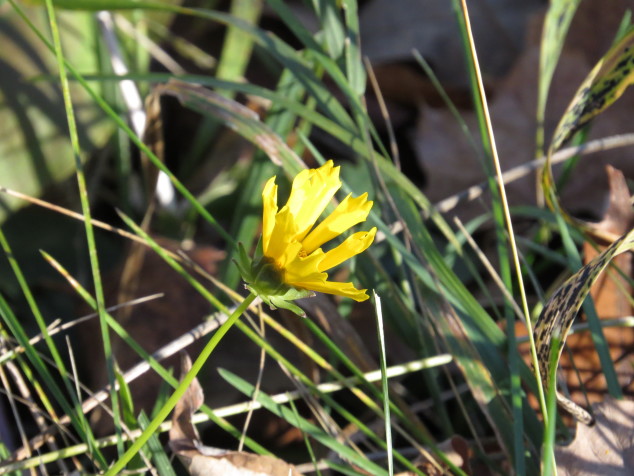
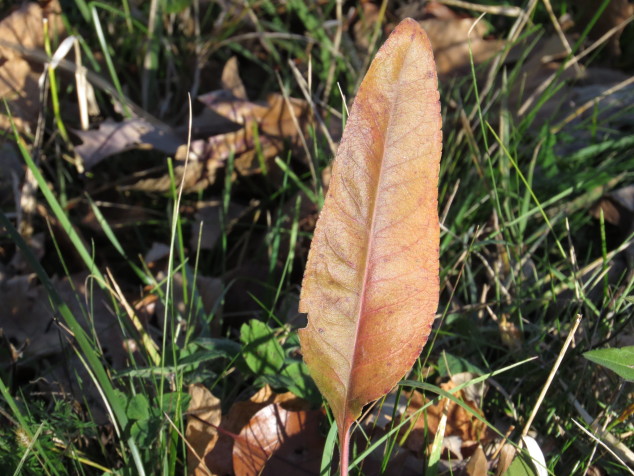
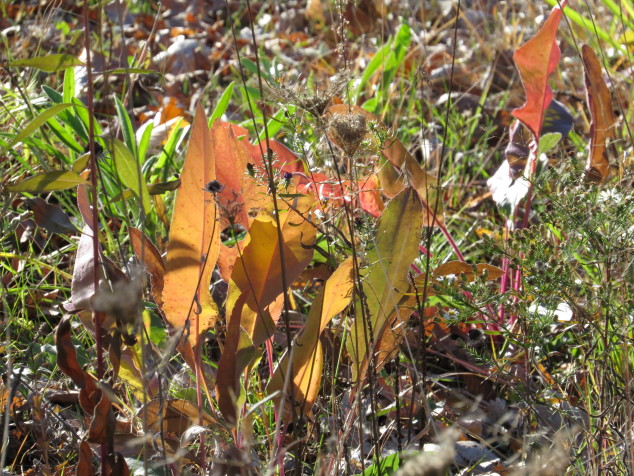
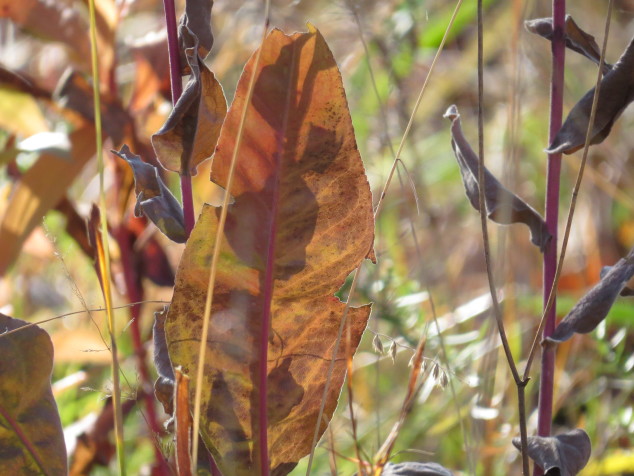
[…] prairie plant I first saw in La Crosse two years ago! (Below is the photo I took then and here’s the link to Great-Grandaddy Cottonwood […]